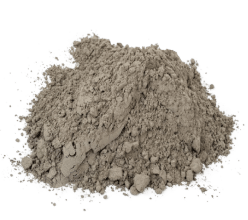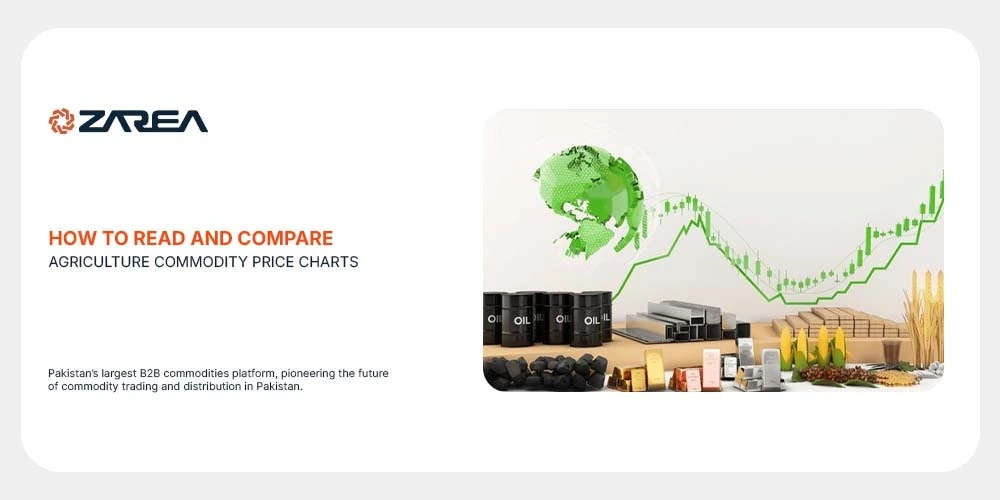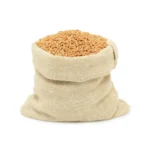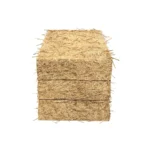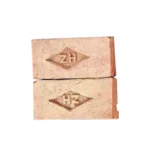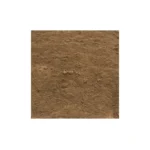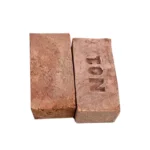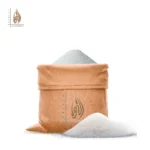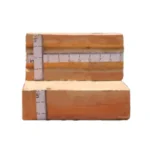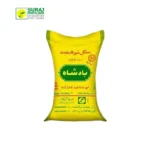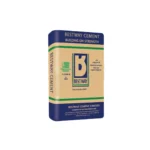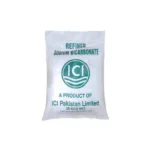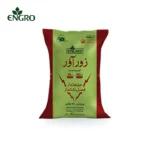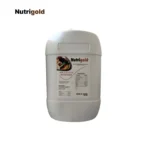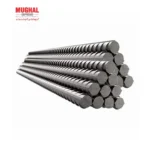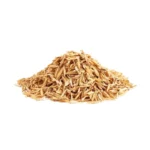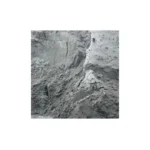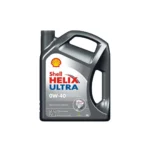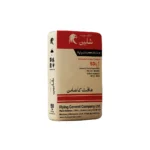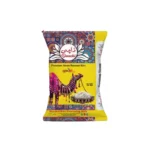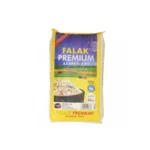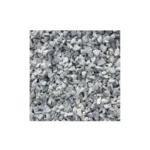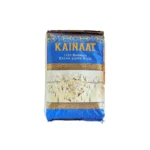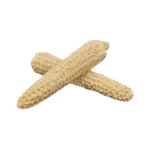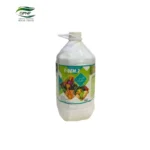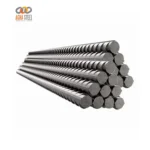Introduction – Agriculture Commodity Price:
Procurement officers are under more and more pressure to make data-driven judgements that not only guarantee a consistent supply but also minimise costs in the current unstable market conditions. The agriculture commodity price chart, which shows the price changes over time for different agricultural inputs and outputs, is one of the most effective tools available to them.
But it takes more than just a quick look to understand these charts. A procurement officer needs to know how to evaluate patterns among commodities, interpret the data, and know when to take action. This article provides a useful manual for analysing and contrasting agricultural commodity price charts in order to make strategic decisions.
The Significance of Agriculture Commodity Price Charts:
First of all wheat, rice, pulses, sugar, and oilseeds are the main causes of price fluctuations in agricultural commodities. They are also responsible for a variety of causes that may seriously affect agricultural commodities. Seasonal patterns, weather-related occurrences, global demands, currency fluctuations, and geopolitical events include in this category.
Look through product listings, make larger purchases, and get the greatest offers. Go to Zarea today! It is the largest business-to-business (B2B) commodities marketplace in Pakistan and is setting the standard for future commodity distribution and trade in the nation.
Price volatility has a direct impact on bottom-line margins for procurement experts nowadays. It may also work in industries like food processing, agribusiness, even export logistics and much more. The following benefits come from being able to read and compare price charts:
- Find windows to buy and secure reduced costs.
- Estimate the cost of future purchases.
- Quotes from benchmark suppliers
- Maximise the time of contract negotiations
- Reduce the chance of seasonal or worldwide interruptions
Core Components of an Agriculture Commodity Price Chart:
Prior to go into interpretation, it is crucial to comprehend the fundamental components of the chart:
Y-axis, or the price axis:
It may represent the commodity’s price that is typically expressed as a unit, for example (e.g., per 40kg bag or per tonne).
The X-axis, or time axis:
Specifies whether prices are tracked on a daily, weekly, monthly, quarterly, or annual basis.
Candlesticks or a trend line:
Display the historical changes in the price of a particular commodity. More information is provided by candlesticks, which show the open, high, low, and close prices for every time period.
(Optional) Volume:
Some charts show the volume of traded commodities. Which is especially helpful in assessing market activity and interest according to agriculture commodity prices.
Procurement officers should be aware of the following important chart patterns:
You can make better selections if you are aware of price trends. The following are some typical patterns and what they mean:
- Bullish uptrend: Prices are rising gradually. Demand is high if volume is increasing as well. Prior to further price hikes, think about locking in the current rates.
- Bearish downtrend: Prices are declining. If supply shortages are not expected, this can indicate that bulk purchases should be postponed.
- Volatile Swings: Unexpected highs and lows indicate a shaky market. Using short-term contracts or buying in smaller lots are the best options.
- Seasonal Spikes: Prior to harvest seasons or during festivals, prices may increase. Examine annual trends to predict these increases.
How to Evaluate Commodities in Different Charts:
Procurement officers may have to compare multiple commodities side by side, such as basmati rice with IRRI types or soybean oil with palm oil.
Normalize the Price Units:
In order to check for a fair comparison. You have to make sure that the prices convert to the same currency and required unit (for example, per tonne or per 40 kg).
Overlay Charts if Possible:
Some platforms allow comparison of two commodities on the same chart. This helps in identifying price correlation or divergence.
Compare Price Stability:
One commodity may offer more price predictability even if it’s slightly more expensive. This can reduce budgeting risk.
Factor in Transport and Local Premiums:
Imported commodities may have lower base prices but higher landed costs. Use the chart as a base, but always consider local market adjustments.
Practical Tools and Platforms:
Procurement officers can track agriculture commodity price charts using:
- Pakistan Mercantile Exchange (PMEX)
- Zarea’s commodity price dashboard (coming soon)
- International market sources like Bloomberg Agri Index or Trading Economics
- Mobile apps for regional mandi rates or global futures data
Consistency in data source is critical to avoid inconsistencies.
Tips for Strategic Procurement:
To leverage agriculture commodity price charts effectively:
- Long-term price cycles can be understood by using historical data.
- Keep an eye on world events that impact supply chains, such as trade restrictions, droughts, or political upheaval.
- Using moving averages for three, six, and twelve months, match purchases to budget projections.
- Develop connections with suppliers so you can react fast when prices drop in a way that benefits you.
Final Thoughts:
- For contemporary procurement teams, being able to comprehend and compare agricultural commodity price charts is not just a technical competence but also a strategic one.
- Price volatility can be turned into a competitive advantage with the correct analysis and timing.
- Our goal at Zarea is to give you immediate access to procurement tools and real-time pricing analytics. Because smarter judgements are based on better data.
FAQ’s:
What are the agricultural commodities in Pakistan?
Pakistan imports major agricultural commodities like wheat, pulses, vegetable oil, and consumer goods to fulfill their needs. Meanwhile, they excessively export rice, cotton, fish, fruits (particularly oranges and mangoes), and vegetables to attain some revenue. According to data, Pakistan has the largest raw cotton market in the world. They also have the second-largest market for apricots and ghee, and the third-largest market for milk, cotton, and onions.
What is the price of a commodity in economics?
Similar to stock securities, market forces of supply and demand play a major role in determining commodity prices. For instance, the price of one barrel of oil falls if the supply grows. On the other hand, the price of oil increases if demand for it rises, which frequently occurs in the summer.
Which crop is most profitable in Pakistan?
In Pakistan, potatoes, onions, and sugarcane are typically regarded as some of the most lucrative crops, particularly when cultivated on well-managed land. According to Agro Excellence Farms, onions offer tremendous demand and exceptional yields in a short amount of time, while sugarcane gives stability and steady returns over the long run. There is another lucrative choice: potatoes that have been researched and upgraded according to Pakistani conditions. These potatoes can grow quickly and yield large rewards for farmers. Pakistan’s agricultural sector heavily depends on other crops like rice and cotton.
What is a commodity in agriculture?
The word ‘commodity’ is frequently used to describe simple agricultural goods that are either unprocessed or have only undergone basic processing. Cereals, coffee beans, eggs, milk, sugar, palm oil, fruits, vegetables, meat, cotton, and rubber are a few examples.
How to price a commodity?
A commodity’s average price can be determined after accounting for inflation, or the fair market price, sometimes known as the spot price, can be determined after analysing supply and demand.
